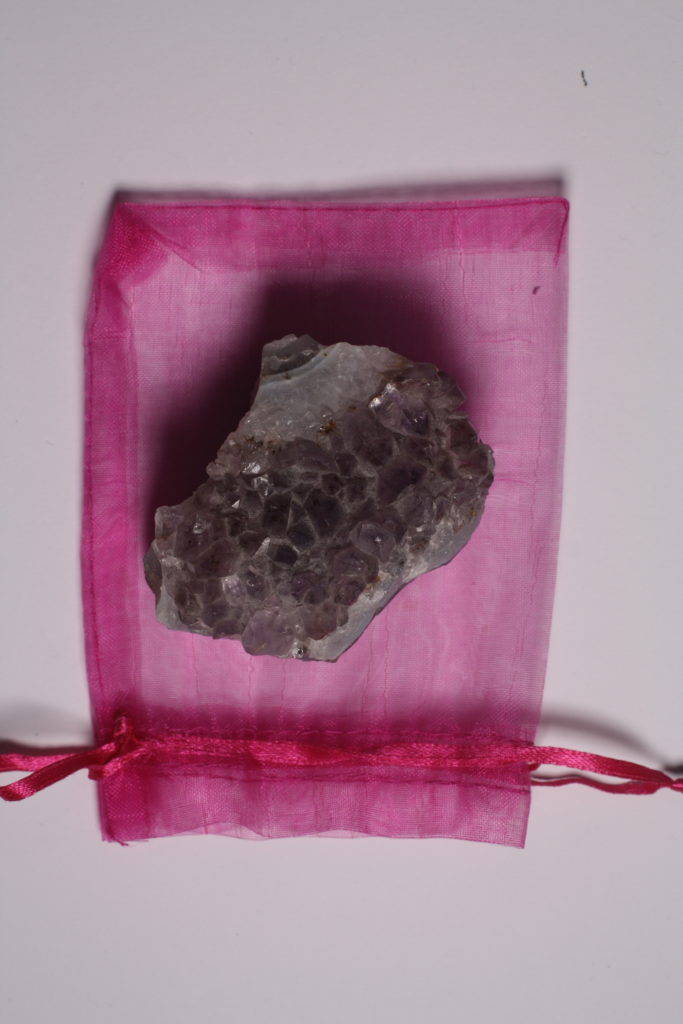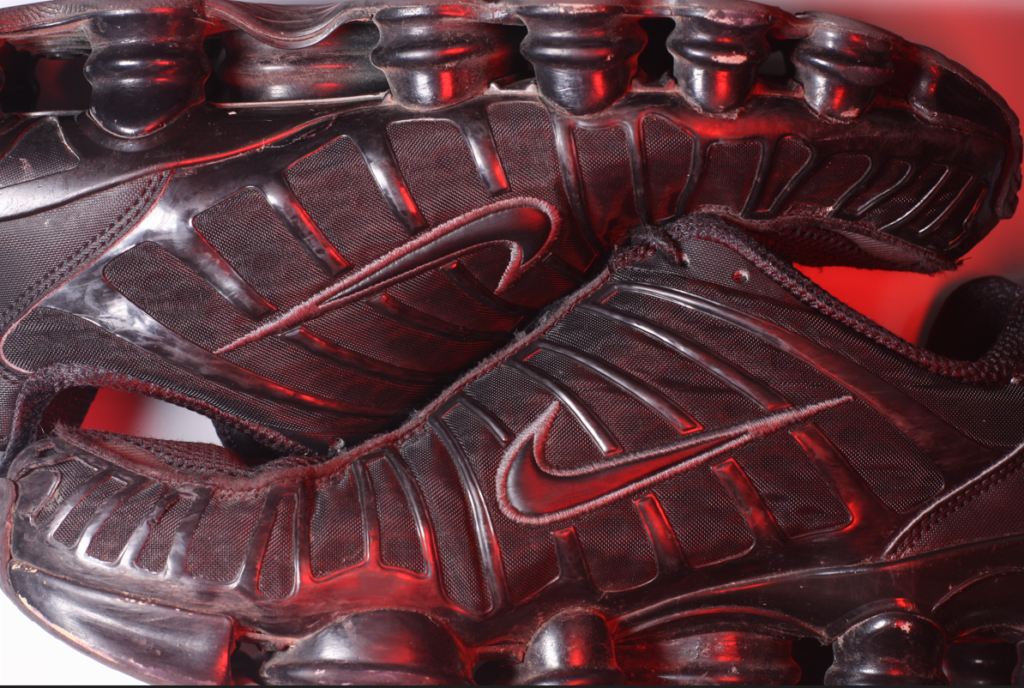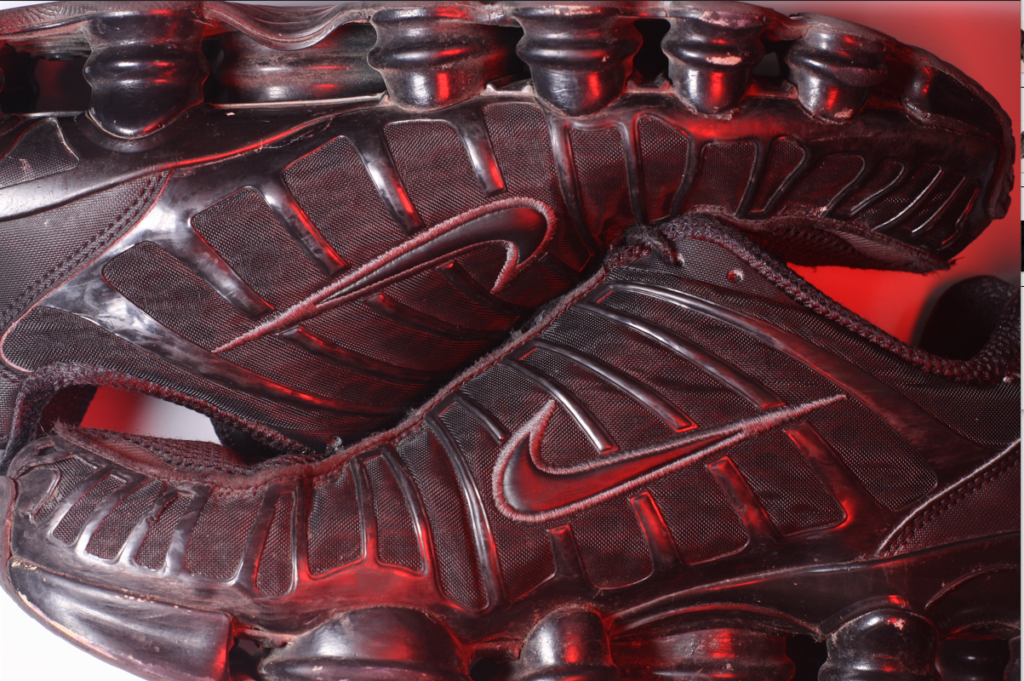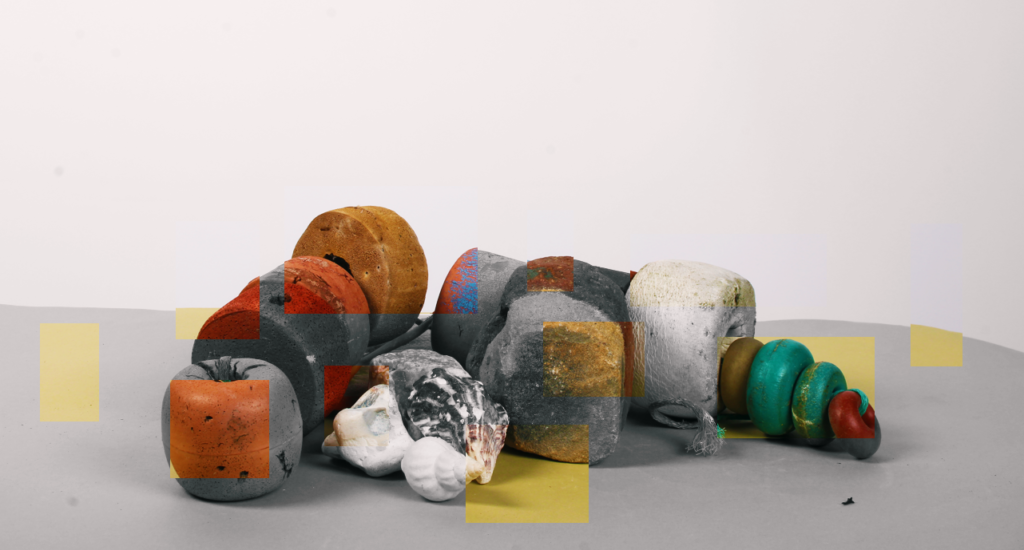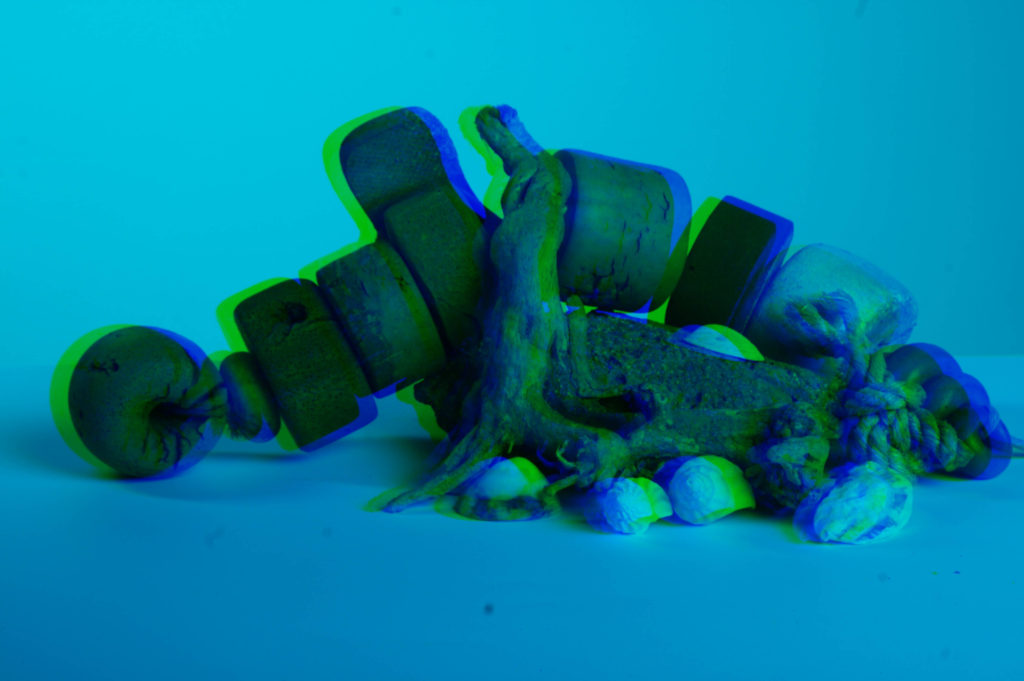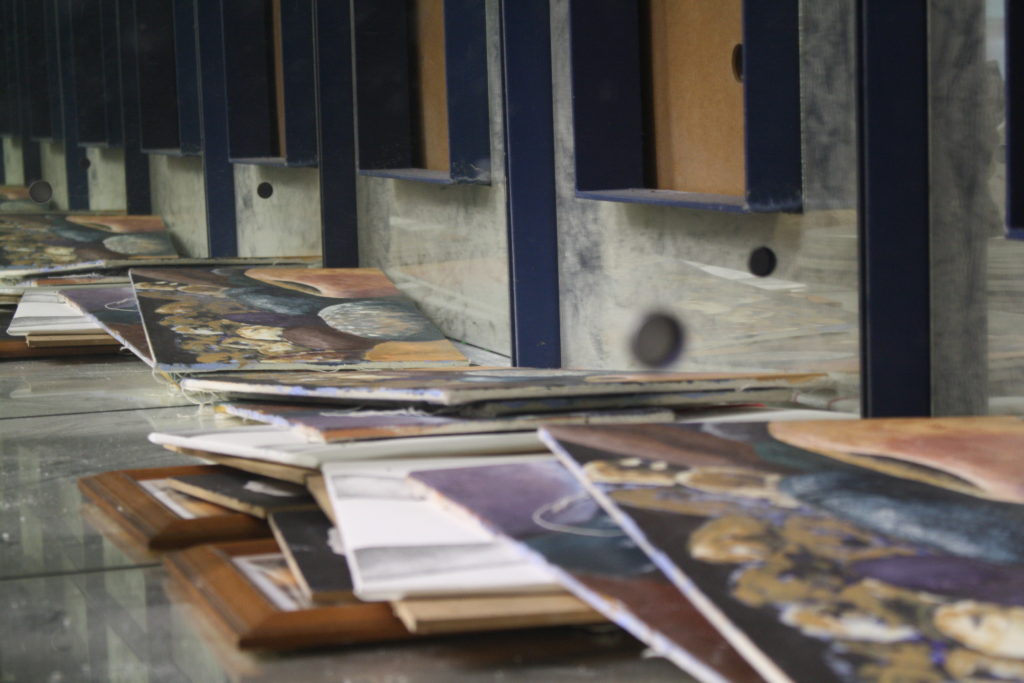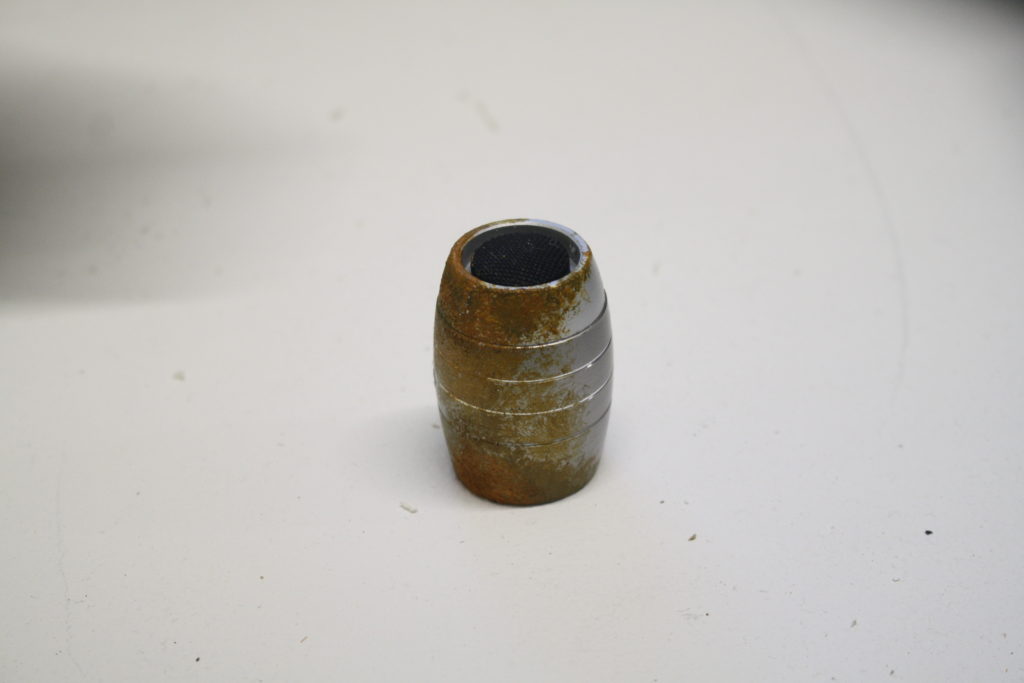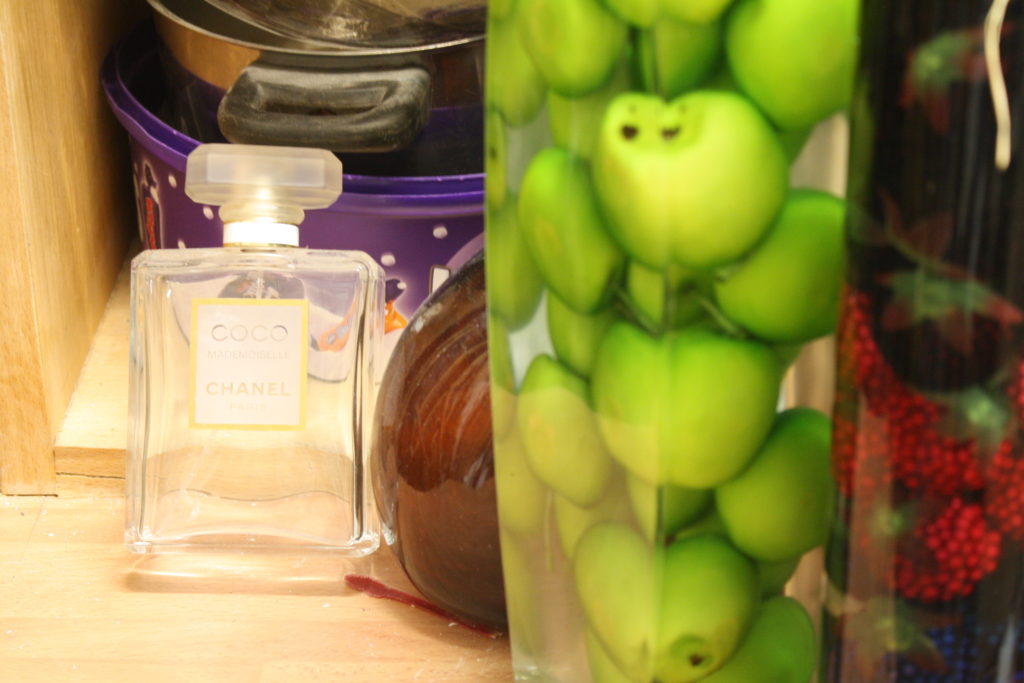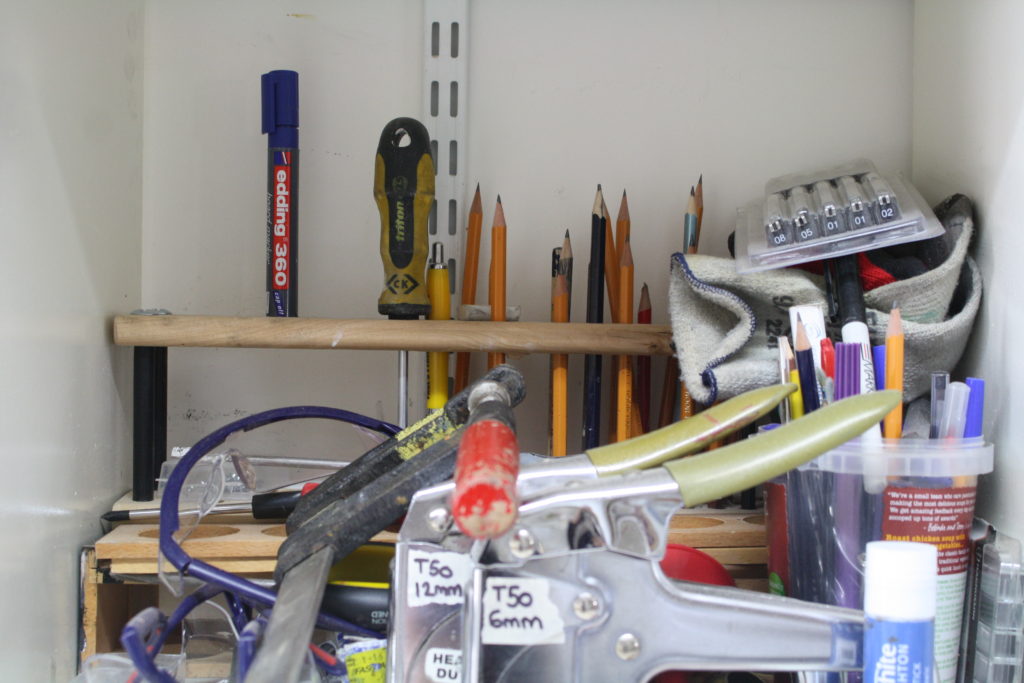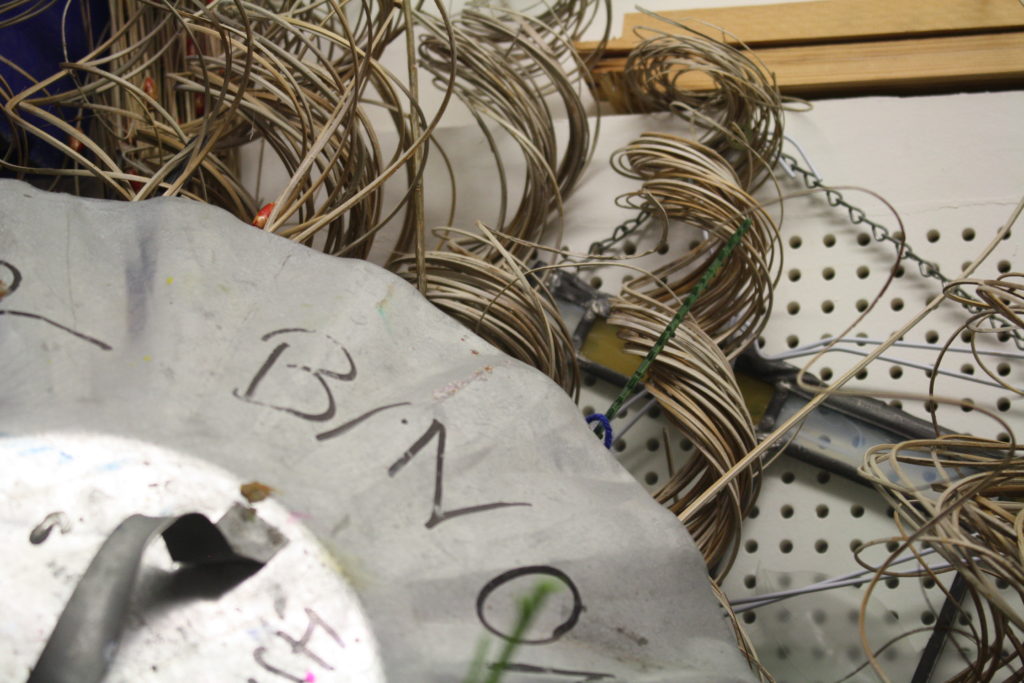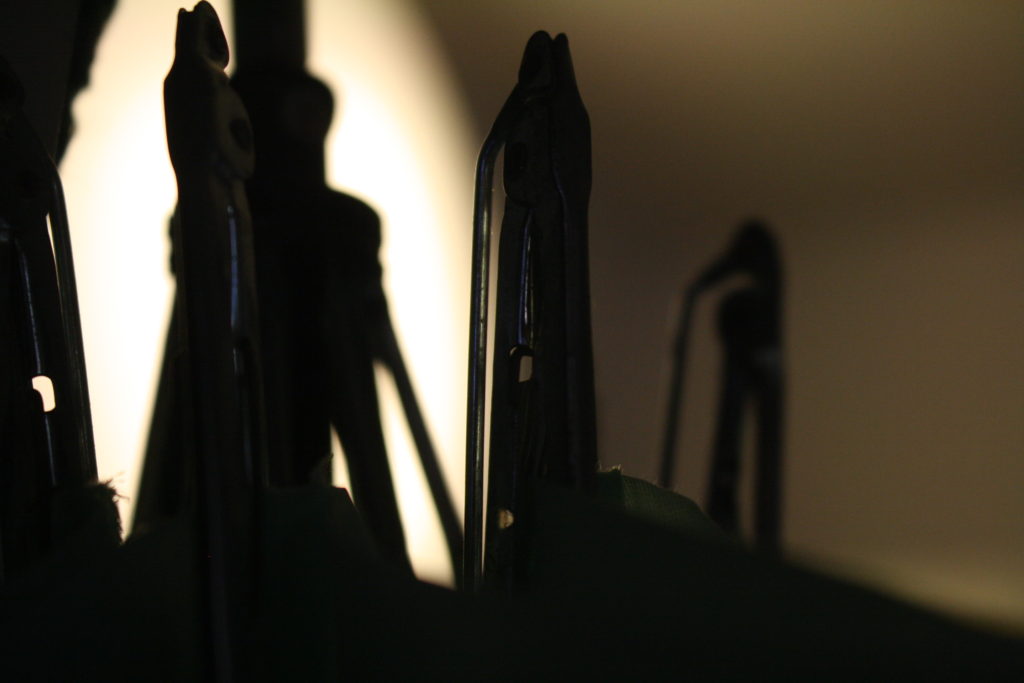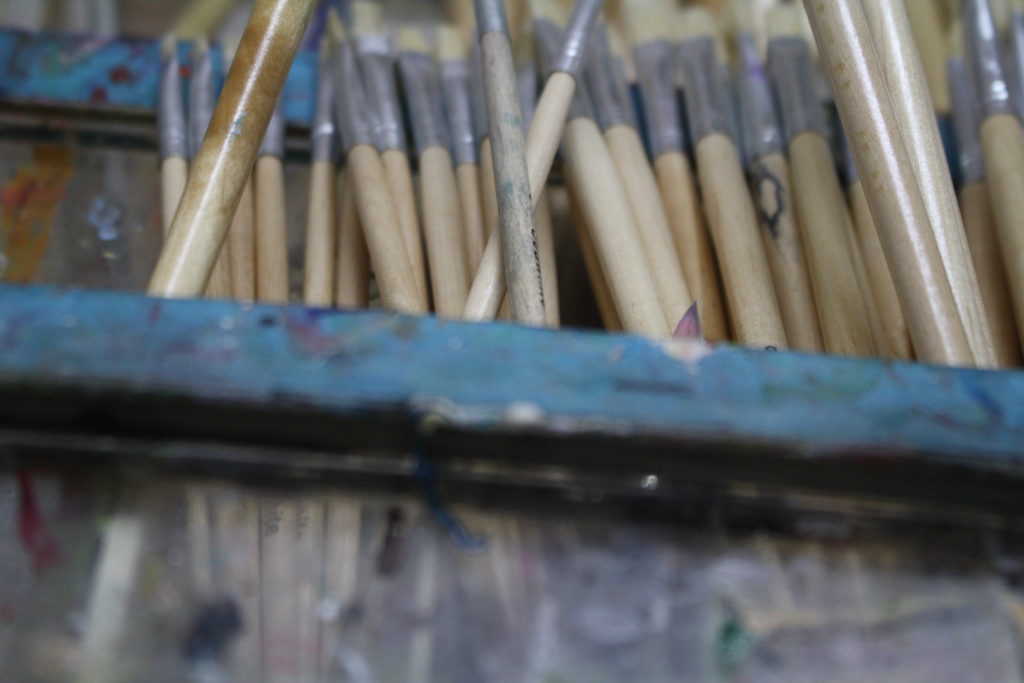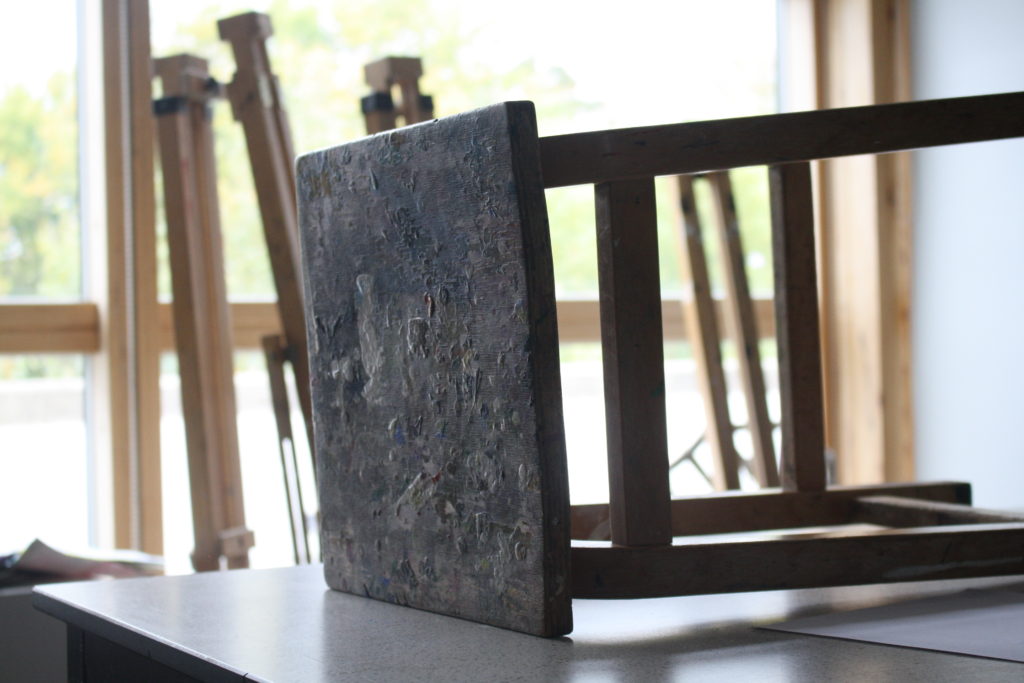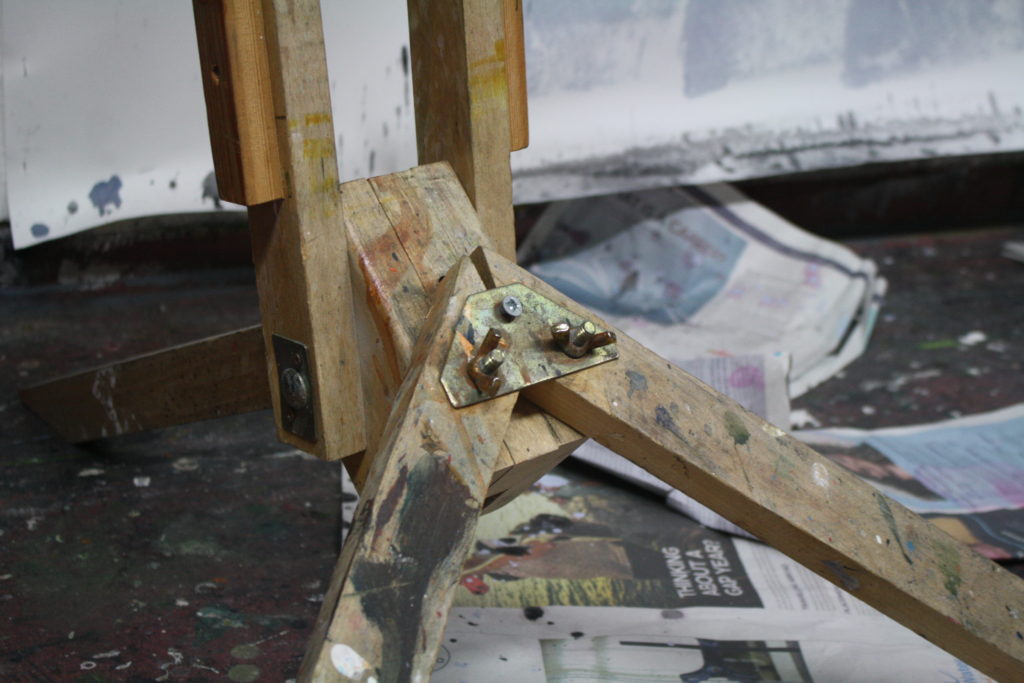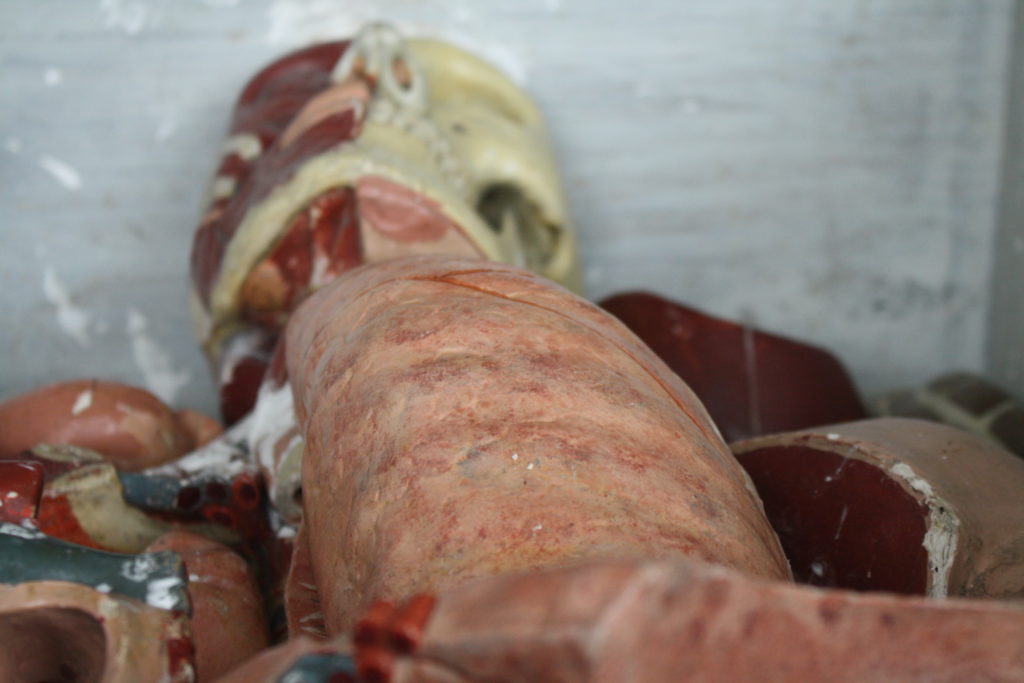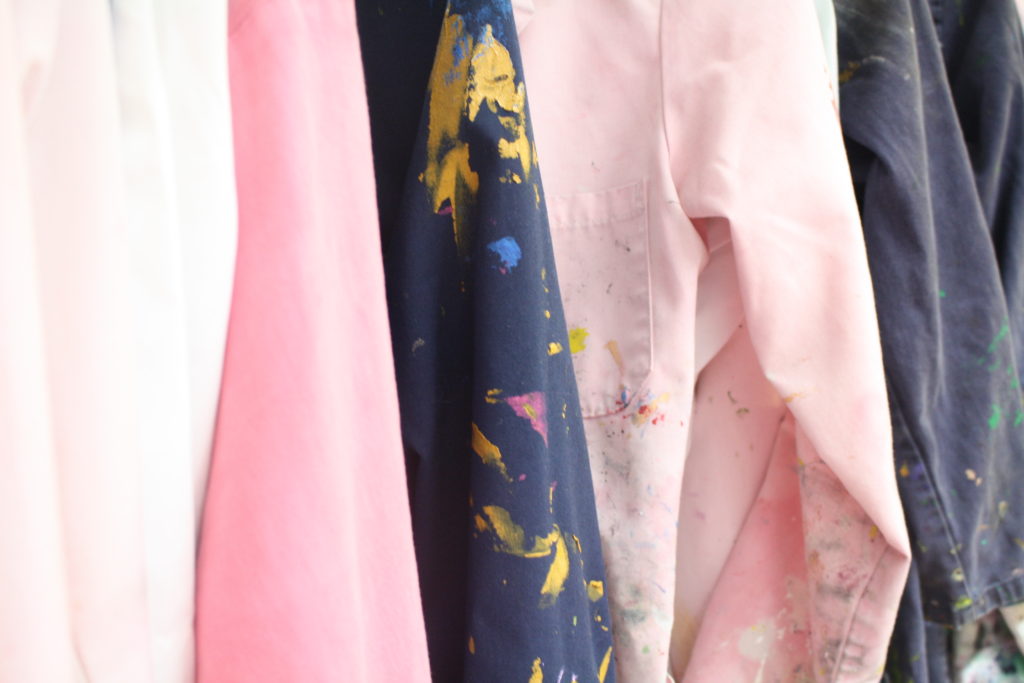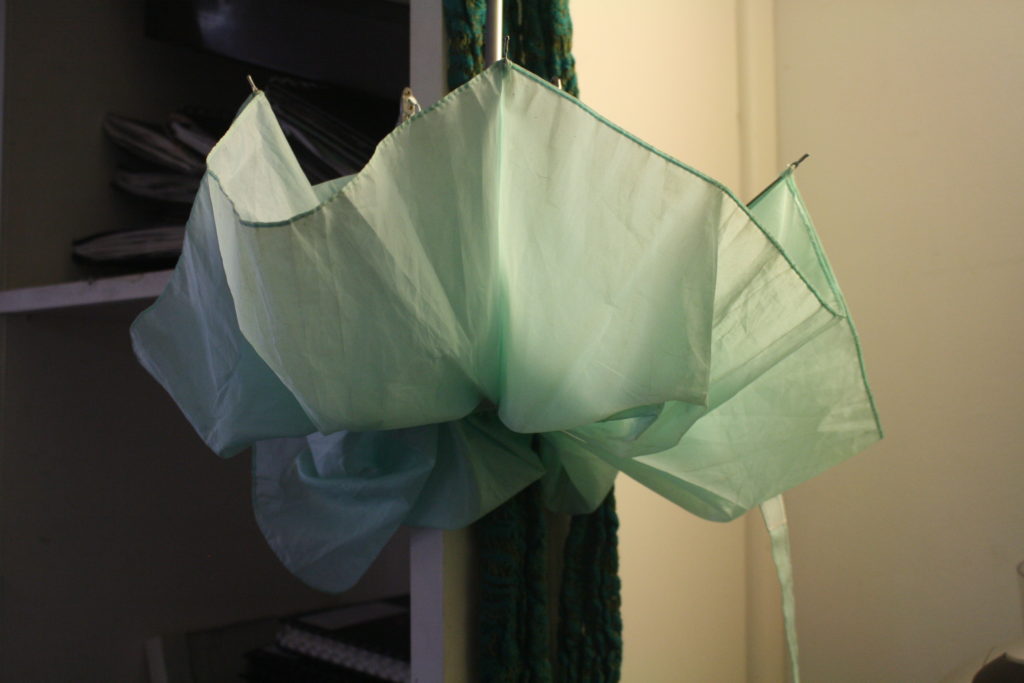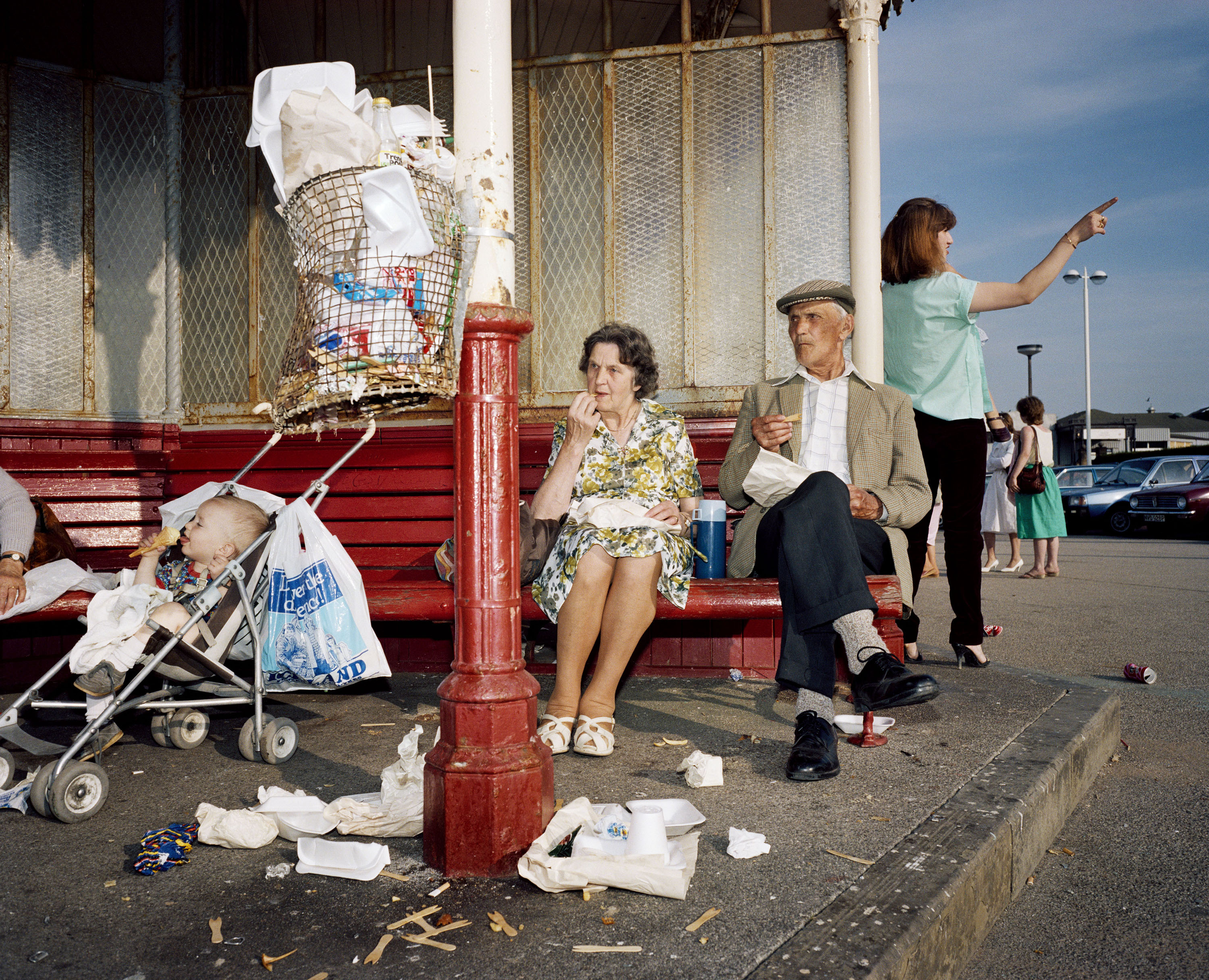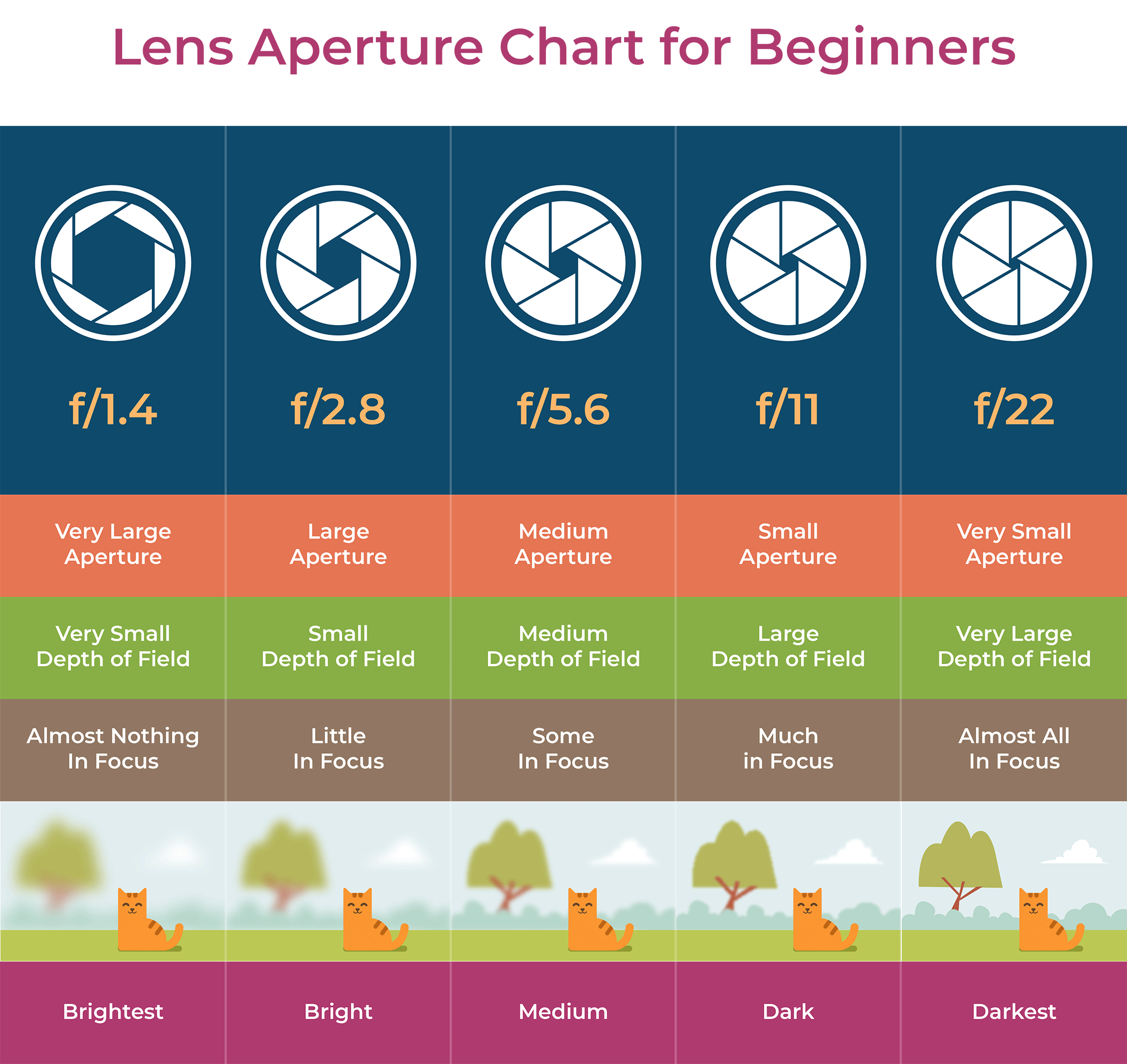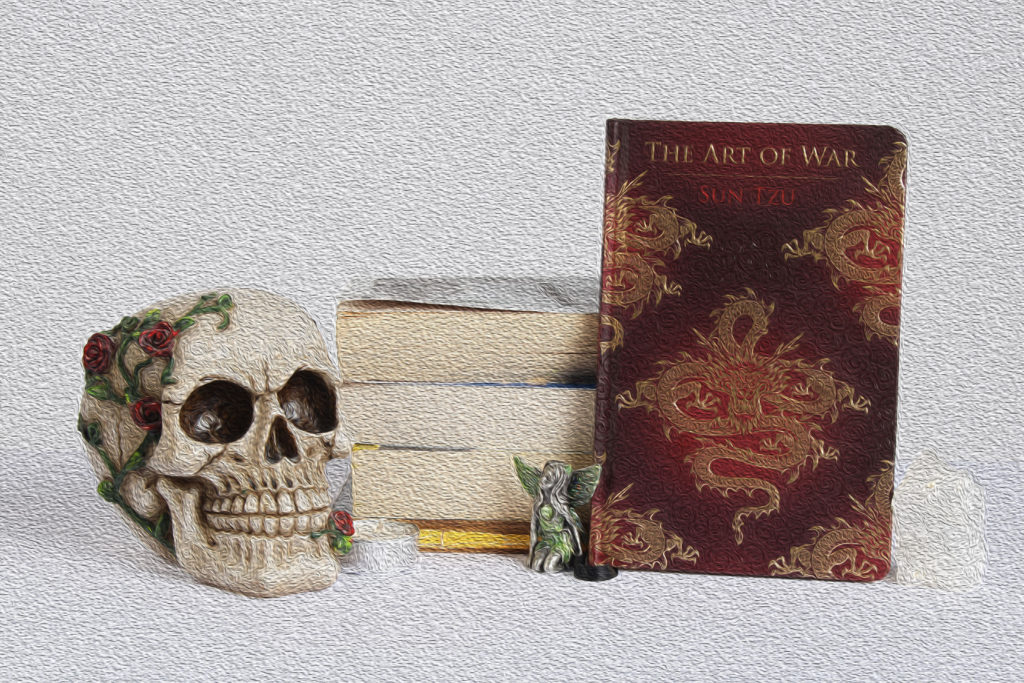Here we explored the idea of taking a photograph of a single object:

there is a deeper meaning behind the concept of taking images of single or grouped objects. This is that it shows the simplicity of the object. It shows the object itself without meaning, except the meaning you give it.
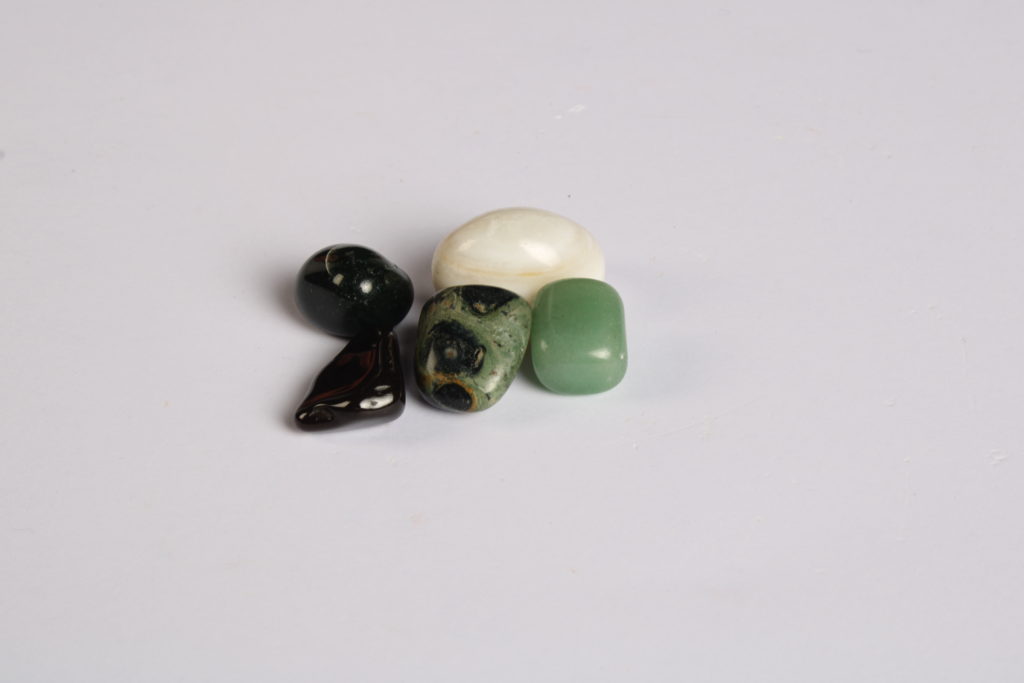
For example the images I took of these crystals, shows purely the object itself without editing, or intention behind the image besides the simplicity of them.
I find this technique quite interesting, as it isn’t common where you see someone not put a meaning or a story to something. And this method shows how naked things truly are.
An example of this is in these two pictures. The first one shows specific placements of objects, and seems to be able to create an instant meaning towards it from the viewer, like a beach type vibe. Whereas the second image is very simplistic, with one object (or 2) in frame.
Although this type of technique doesn’t always create a bland image without any story or meaning. The concept aims to show the object itself, simple, and plain.


